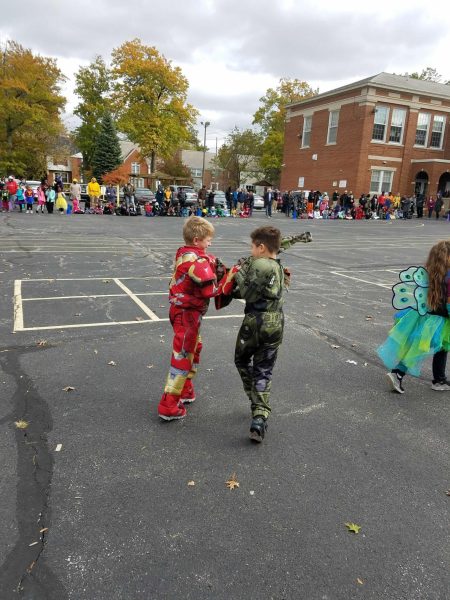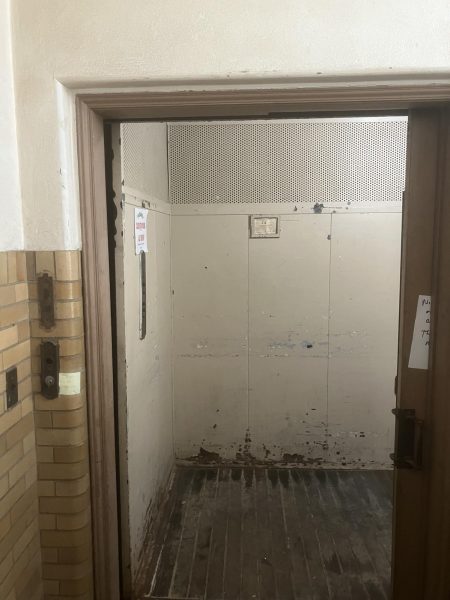“Oof!” They Did it Again
The reply-all chain that occurred Feb. 6 was less disruptive, with only 19 replies to the morning announcements email. These emails ranged from a multicolored picture sent repeatedly to The Constitution of the Russian Federation and the word “Goose.”
The morning announcements email instigated another reply-all chain Feb. 6.
An administrative assistant in the main office sends daily announcements in email form to all students, faculty and staff. The first emails were sent Sept. 25, 2017, and suspended Oct. 30 due to an initial reply-all incident. After a month, they were sent again, starting Nov. 30, 2017.
During the first reply-all incident, a message containing the word “Oof” was sent to the entire student body and high school faculty and staff during the school day. Fifty-seven responses were sent to the initial announcement email over the course of three periods, and students’ phones buzzed with alerts throughout.
The reply-all chain that occurred Feb. 6 was less disruptive, with only 19 replies. It started with a simple “Thanks!” from one student. After this, seven students responded, and one staff member also commented, asking the students to stop. One student responded 12 times, even after being told to stop.
These emails ranged from a multicolored picture sent repeatedly to The Constitution of the Russian Federation and the word “Goose.”
In order to send an email to a group without allowing someone to reply all, it must be sent out as a blind carbon copy. In an email that is sent without the BCC enabled, all recipients can see the email addresses listed. But an email sent with BCC is different.
“Blind Carbon Copy is different in that names and email addresses listed in the BCC list are not visible to any recipient of the message,” Director of Technology and Media Services John Rizzo said. “This approach is typically used in mass mailing situations in order to provide email security and privacy for the recipients.”
As of Nov. 30, the announcements had been sent out with no problems until yesterday. This particular announcement email was sent with the BCC function enabled, but the student who initially replied added the addresses of all students to his reply. This let all other students who responded reply back to everyone.
Principal Jonathan Kuehnle could not be reached for comment.
This chain was on a smaller scale of responses, but that doesn’t make it any better for students and teachers. If notifications for emails are enabled, there will be a sound or vibration from the phone. That means 19 different notifications on classrooms full of phones over the course of three hours.
Knowing how to limit email recipients is important. Even if students do not use email much now, email will become more important as they enter college and the work environment. Reply all is useful when someone needs their response to inform many people. However, replying all as a joke or trying to be funny can lead to punishment for disrupting the learning environment — or, as an adult, loss of a job.
The problem with the email announcements is not as technological as it is behavioral, Rizzo said, adding that students need to learn how to properly use email. Rizzo said, “The person clicking ‘Reply All’ needs to understand what it does and when it is appropriate to use it.”
Comment using your Facebook, Yahoo, AOL or Hotmail account







